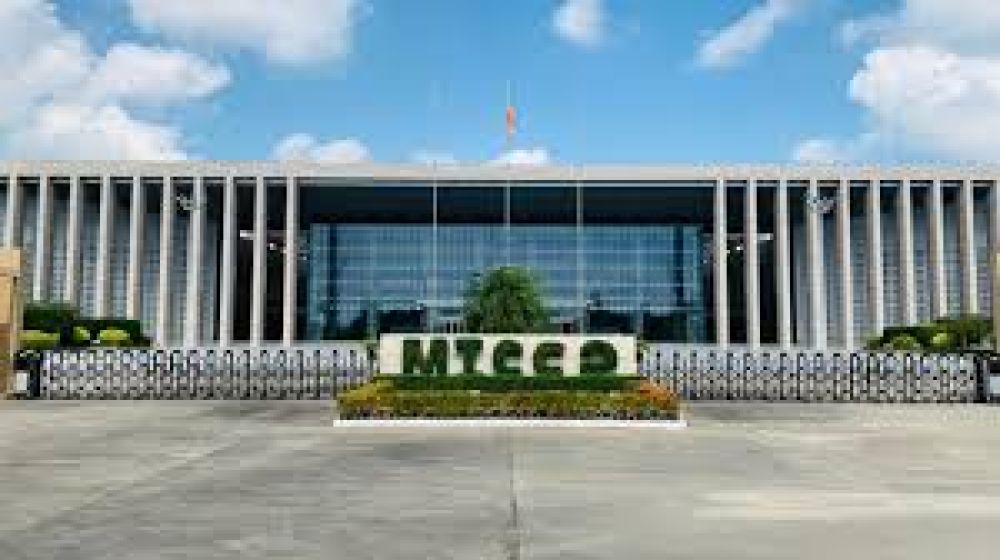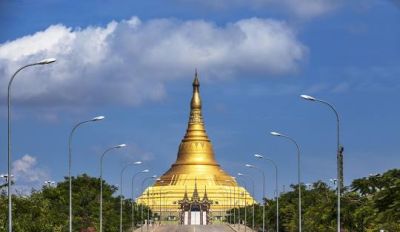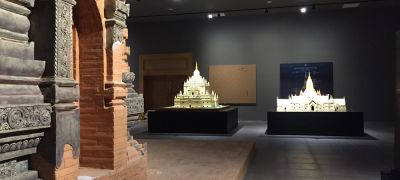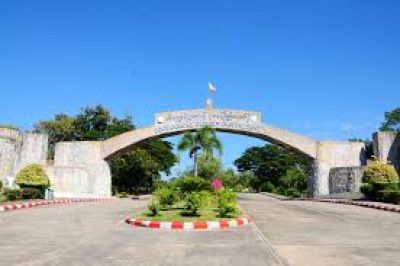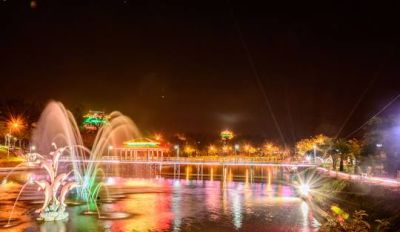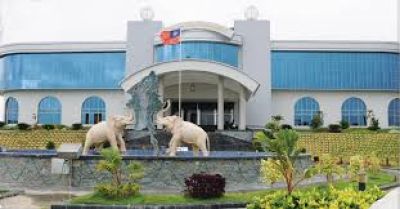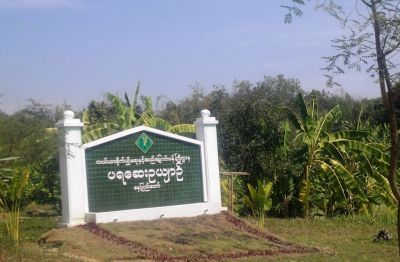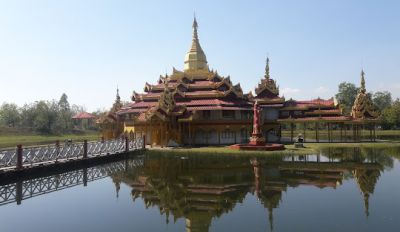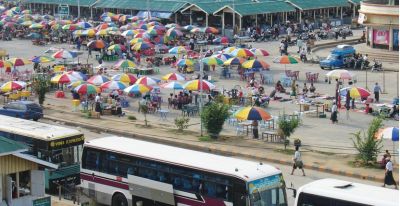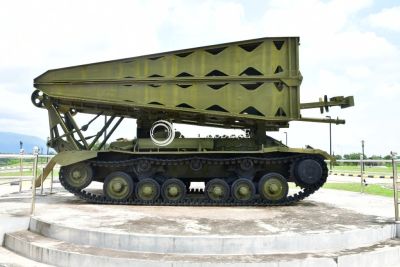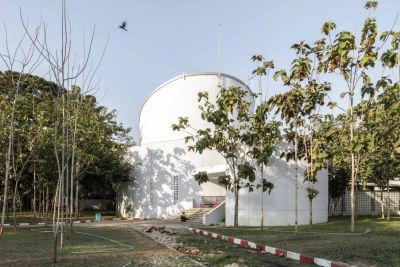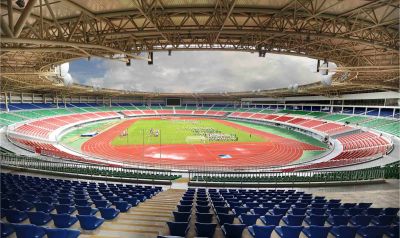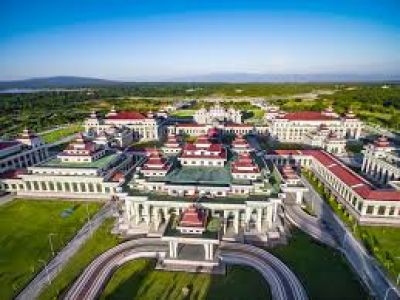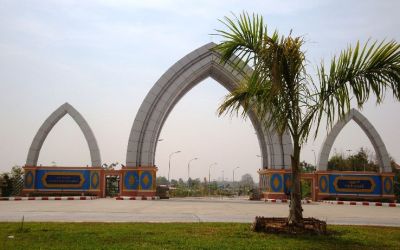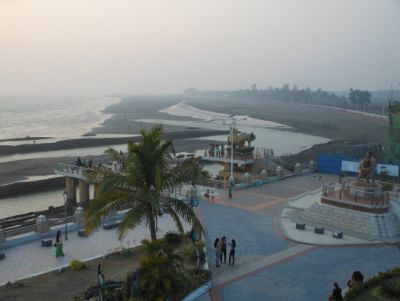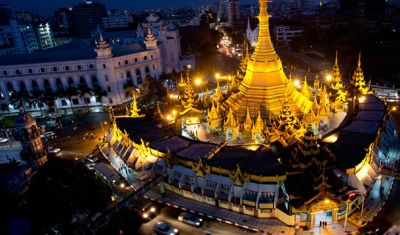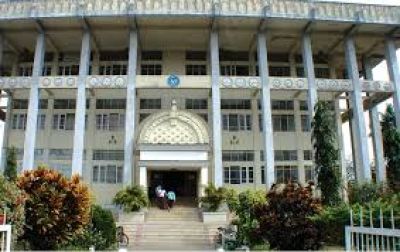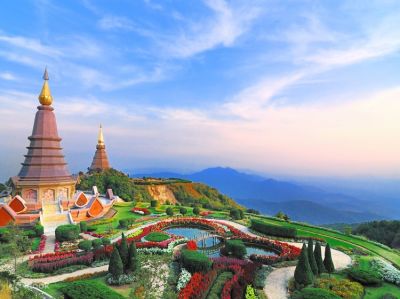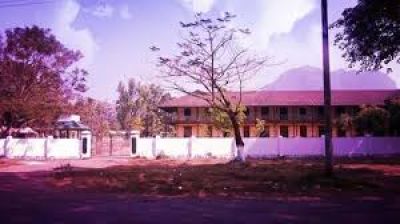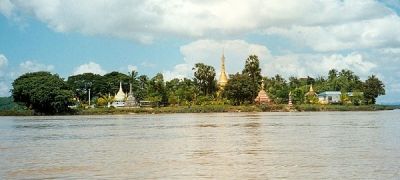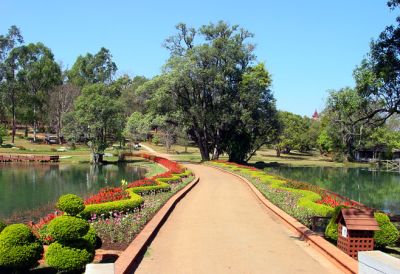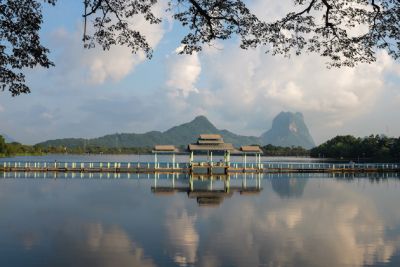Myanmar International Convention Center, Naypyidaw, Myanmar
History of Naypyidaw and MICC
The Myanmar International Convention Center (MICC), located in the heart of Naypyidaw, the capital city of Myanmar, has become one of the focal points of tourism for business and diplomatic events in the country. Naypyidaw, officially designated as the capital in 2005, quickly developed into a hub for political and economic activities. The MICC was constructed as part of this new development to help propel Myanmar onto the international stage by hosting international conferences, conventions, and cultural events.
Importance of MICC in Myanmar’s Tourism
The establishment of MICC greatly enhanced Myanmar's capacity to attract international tourism, particularly in the business and MICE (Meetings, Incentives, Conferences, and Exhibitions) segment. It serves as a shining example of Myanmar's openness to global engagement and is often seen as an emblem of the country's modernity and development in the tourism sector.
Architecture and Facilities
Boasting state-of-the-art facilities, the MICC is equipped with vast halls, meeting rooms, and communication technology that can accommodate thousands of attendees. Its grandeur and design reflect traditional Myanmar architecture, while its modern amenities offer convenience and comfort to international guests.
Contribution to Economic Development
Since its foundation, the MICC has played a pivotal role in boosting Myanmar's economy by bringing in business tourists, which in turn has had positive effects on local businesses including hotels, restaurants, and transport services. The creation of the MICC has also meant greater employment opportunities for the people of Naypyidaw and surrounding areas.
Latest Tourism Trends Linked to MICC
Green Meetings: Aligning with global trends, MICC is striving towards hosting sustainable events that minimize environmental impact. This includes reducing waste, conserving energy, and encouraging eco-friendly practices among participants.
Technology Integration: The rise of virtual and hybrid events has impacted the MICC, leading to an increase in demand for advanced digital facilities capable of hosting international participants both on-site and online. Technology has become a central aspect in the planning and execution of events at the MICC.
Cultural Exchange: The MICC not only facilitates business and political gatherings but also cultural exhibitions that showcase Myanmar's rich heritage. This has bolstered interest in cultural tourism, connecting visitors with Myanmar’s traditional arts, crafts, and performances.
Health and Safety Protocols: In the wake of global health concerns, the MICC has adapted to implement stringent health and safety measures. These protocols ensure that the MICC remains a safe environment for international delegates and tourists alike.
Outlook
With Myanmar's ongoing engagement with the international community, the MICC is expected to continue being an integral part of the country's tourism landscape. As Myanmar develops further and improves its infrastructure, the MICC's role in promoting Naypyidaw as a premier destination for MICE tourism is likely to grow even more.
